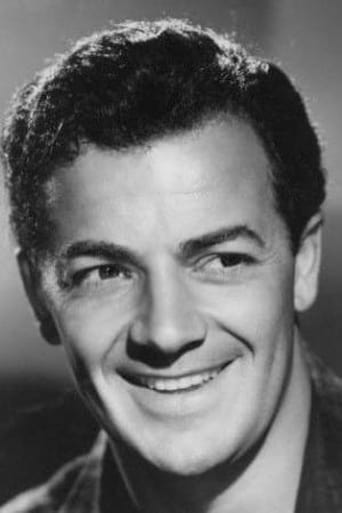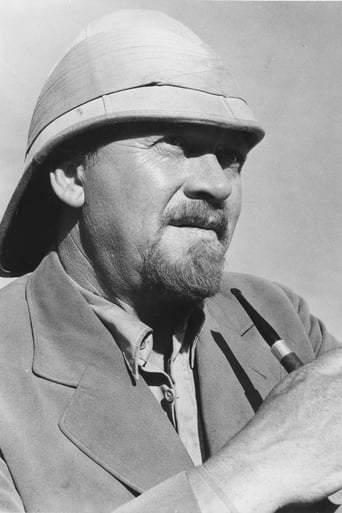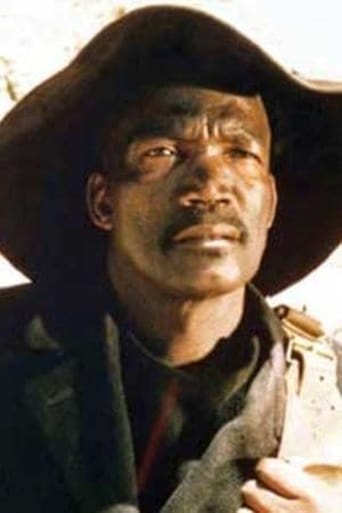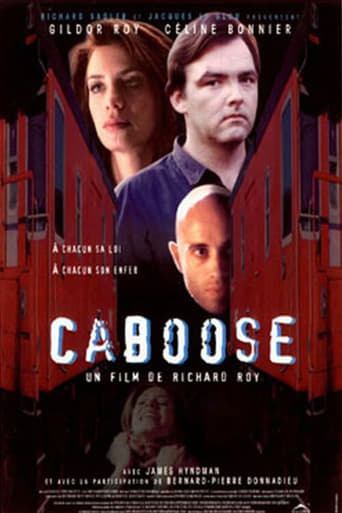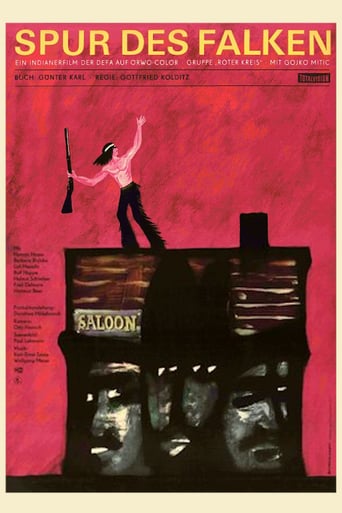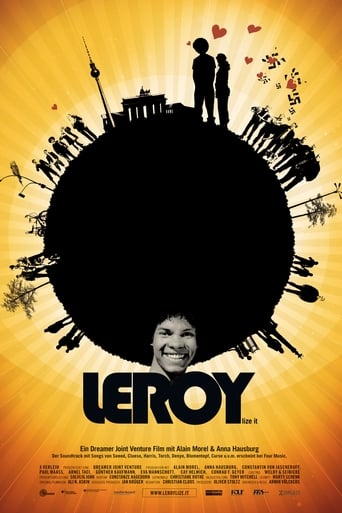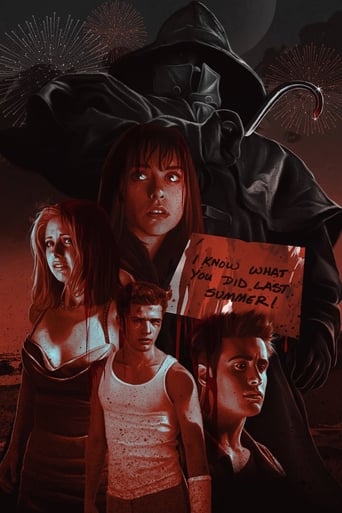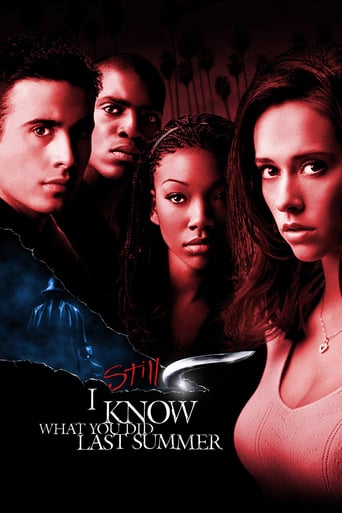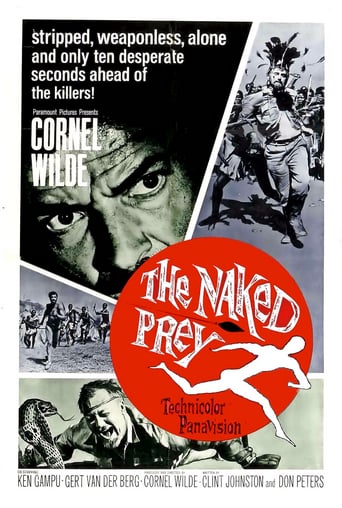
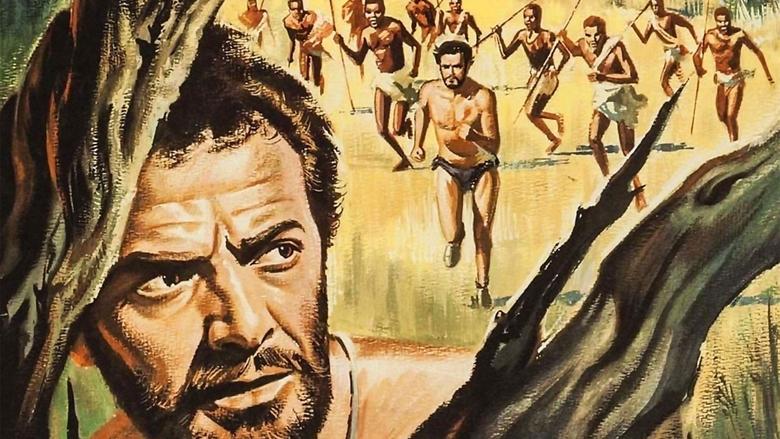
The Naked Prey (1965)
A group of men are on safari. One of the party refuses to give a gift to a tribe they encounter. The tribe is offended, seizes the party, and one-by-one, kills all but one of the safari members in various creative and horrifying ways. The last surviving member is given "The Lion's Chance" by the tribal leader to be hunted down by a party of tribal warriors.
Watch Trailer
Cast
Similar titles
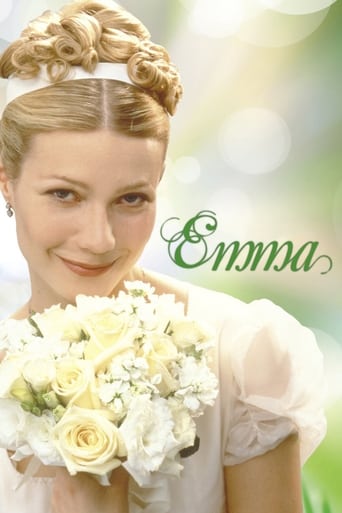
Reviews
Simple and well acted, it has tension enough to knot the stomach.
Pretty good movie overall. First half was nothing special but it got better as it went along.
The film never slows down or bores, plunging from one harrowing sequence to the next.
Through painfully honest and emotional moments, the movie becomes irresistibly relatable
Truly a movie that could not easily be made today. The plot is simple; the man financing an African ivory safari (Gert Van den Bergh) offends a tribe by not paying them a tribute gift against the advice of his own guide (Cornell Wilde). The tribe takes them prisoner back to their village and kills all except Wilde in various imaginative and gruesome ways for the amusement of the tribe. Presumably because he wanted to pay the tribute, Wilde is given a sporting chance; he's stripped naked, and given a head start before several of the men begin to hunt him down and kill him like an animal. The first pursuer misses Wilde with a spear, which Wilde uses to kill that pursuer and take his footwear and some of his equipment. Wilde not only has to elude his pursuers, he has to cope with his own thirst and hunger at the same time. When he kills a deer, a lion steals it from him. Throughout the movie there are scenes of animals pursuing and killing each other. One animal scene even mirrors the plot when a baboon being stalked by a cheetah survives by being willing to fight back. Even the plant life is shown as being inhospitable to being eaten. There are a few plot holes; early in the movie the financier of the safari mentions to Wilde that next time he'd like to combine hunting for ivory with the slave trade. This is inconsistent with the times (around 1850) since by then, the slave trade but not slavery itself had come to an end. The village where the safari party is taken to is filled with thin people except for the village chief, who is enormously fat, like Jabba the Hut. How'd a guy like that get to be chief? It probably takes half the village resources to maintain his fatness. The head pursuer (Ken Campu) was a tall, fit looking guy who looked like he could have easily killed the chief and taken over the village. The other plot hole occurs when Wilde starts a fire in order to drive his pursuers away when they were at most a minute behind him. Where did he get the materials to start a fire so quickly? Did one of the pursuers he killed have firestarting materials? Those plot holes aside, the movie was beautifully photographed and well acted by all. The Africans were not stereotypical villains; they showed true sorrow and caring when one of them was killed or injured. They were not superhuman; they also need to catch their breath, eat and drink. Spoiler alert! Don't read any further if you haven't seen the movie! At the end, when Wilde's character is about to be rescued, he turns and salutes the head pursuer, who returns the salute. There is a similar scene in "Jeremiah Johnson" when an indian who's tribe has been relentlessly pursuing Johnson gives him a similar salute as if to say "I'm calling an end to the pursuit". Unlike many movies today, you cannot add a disclaimer saying that "no animals were harmed in the making of this movie". Many animals were indeed harmed, from a small toad or frog being eaten by a larger one to several elephants being shot and disemboweled.My criticisms? I'd have liked some subtitles so I could've have known what the pursuers were saying. For example, early in the chase, it appears like the head pursuer was ordering some of his men to go this way and others to go that way. Was he unsure which way Wilde had gone, or was he trying to trap Wilde between two groups of pursuers? Toward the end of the movie, Wilde befriends a young girl who's village was destroyed by slave traders. After walking with Wilde for a while and sharing songs, she decides she wants to go back. Go back to what? Her village was burned and most everyone was taken as slaves or killed outright! Even Wilde shakes his head and murmurs "I hope you'll be all right," but he doesn't try and stop her. Previous reviewers have found racism in this movie because some of the Africans are portrayed as vicious savages taking pleasure in gruesome killing. Why should Africans be portrayed any different from Europeans? The history of all humans is filled with examples of cruelty as entertainment, regardless of race. Besides, tribal and religious warfare with appalling cruelty still goes on in Africa. Reviewers have also found it strange that a white man out of his element is able to survive and in some cases turn the tables on some of his African pursuers. In this movie, the white man is not out of his element. He's a professional safari guide. Any north woods hunting guide is probably fitter and more skilled at survival than local hunters. Speaking of fitness, Cornell Wilde looks in great shape for a man of 53. I can only think of a few Hollywood actors who could have met the physical qualifications of this role in their 50s.
This is Cornel Wilde's best film. It is a feast for those who look for Aristotle's Six Parts of Drama in a movie: 1. The plot is simple and understandable--a chase movie wherein everything seems lethal. Wilde plays a safari guide whose boss, a nasty, little, fraction of an Englishman, runs into a group of tribesman, and the fractional man manages to so insult the tribesmen that they return as a war party. They capture, then butcher the safari, and Wilde gets to be wild game.2. The characters are static (we never learn much), but there's real sympathy for both Wilde's character and the men trying to kill him (just look at the grief and anger exhibited when the hunters are picked off by Wilde or nature or each other or just plain bad luck). 3. The Naked Prey is a very intellectual movie, wrapped in a bloody loincloth. Because we don't know Wilde's history, nor do we understand the Africans' languages, we have to write our own scripts in our heads; it's a deeply thoughtful method of engaging the audience on a intellectual level.4. We hear pain and terror and glee in the voices and the words of the many characters. Wilde says a few words here and there; we identify him as American. The tribesmen hunting him, in an undecipherable language to Western ears, speak to each other in a completely understandable language, all because we have been frustrated and horrified and grief-stricken, too. The "diction" of the movie is up to the audience to create.5. Director Wilde uses three methods to evoke emotions from the audience with "music," whatever hits the ears of the audience, outside of diction. The first is by never being quiet--there always seems to be about a hundred different screams, hoots, clicks, and hollers from nature. Throw in the torment of scene changes going absolutely black and still--catch your breath because I'm going to swap you upside the head again when the light comes up--and you begin to feel some of the Wilde character's panic when he wakes up, aching from lack of food and water, exhausted from the hunt, and getting sick from all the little things that he's ingesting that will wear him out. The second is the juxtaposition of sight and emotion. We see Wilde get lucky killing one of his tormentors. We hate the monstrous sub-humanity of their gleeful desire to kill him, and we are set up to hate them when they take great relish in coming up with exciting ways to torture the hunting party at the start. Then we see one of the hunters find another young man, run through with a spear, and he screams in pain, sobbing while his brain tries to accept how quickly his friend has left this world. We instantly feel for this young man. It's startling how fast we change sides. Wilde does this again and again. Take sides. Show the emotions of both the killers and the killed, and it leaves the audience reeling and confused. Finally, Wilde gives us a thoroughly claustrophobic experience because he mixes the music of the tribesmen and the sounds of nature. They're almost interchangeable. It's smothering in its scariness.6. From the first moments of the hunt, with elephants being slaughtered, to Cornel Wilde's character scanning the horizon, close up and wide-angle, to the gleeful murder of the hunting party, to the mind-boggling vistas and close up beauty of the African scenery (and more than a few visual gross-outs and gag-inducers), the audience's eyes are locked on to the "spectacle" of the movie. It is visual super-glue. You can't stop looking at this train wreck of a chase. You want to look away, but you simply cannot.Which brings me back to my saying that of the three Wilde-directed movies, this is the most pleasing. There's trickery in Sword of Lancelot and Beach Red--he tries to come up with new tricks to wow the audience, and he has some success. In Naked Prey, the tricks blend together to give the audience a innovative and evocative experience. The Naked Prey really is in my top 25.It's that good.
I watched The Naked Prey awhile ago and I felt the tribe didn't give three of the party any real chance to escape. Really, one of them was plastered in clay and roasted alive...how could he escape? Another was feathered and tarred, and chased by the tribe and killed. He didn't have a chance!Another was tied up on the ground and faced a venomous snake! No way could he get out.Only Cornel Wilde had a hint of a chance to escape. Maybe the tribes folk looked upon him with more compassion relatively speaking. I would love to have seen the behind-the-scenes of The Naked Prey and how the American film crew interacted with the Rhodesian locals.
The setup for this film is probably one of the most basic that you are likely to come across; A group of men are on safari and are hunting elephants for their ivory. Along the way, they encounter a tribe and one of the group offends the natives by refusing to give a gift or 'trinket' to them and arrogantly presses on. The tribe of natives don't take this matter lying down and surround the safari hunters and start to kill them off one by one; they do, however, allow one man known simply as 'The Man' (portrayed by Cornel Wilde) to survive and give him a head start and begin hunting him.This is minimalist film making and it's all the more enjoyable for it. The plot is simple and the film moves at a brisk pace and never really loses momentum. After the first 15 minutes or so, there is very little dialogue, but it doesn't really matter that much as the tension and suspense in The Naked Prey more than compensates for the lack of dialogue. There also isn't much in the way of character development, but again this doesn't harm the film as the audience will automatically empathise with and connect to 'The Man' due to the plight that he finds himself in.Cornel Wilde (the protagonist) also directed this feature and I felt that his direction was pretty good; there were some lovely shots of the beautiful scenery. There were also some lovely shots of the various wildlife which inhabited the area (Wilde showed most of these scenes as 'cut scenes', the point of which still eludes me, but the photography was beautiful so it's not really a complaint).In summary, this is minimalist entertainment which makes the most of its relatively low budget by providing the viewer with a consistently engaging and tense thriller. The film really comes into its own when it's just 'The Man' against the group of tribal nativities and it turns into a classic 'cat and mouse' thriller which becomes a case of 'hunt or be hunted' for our protagonist. Whilst, I wouldn't go as far as saying that it was an 'edge of your seat thriller' it was still a decent film. If you are a fan of 'cat and mouse thrillers' then you won't be disappointed.
